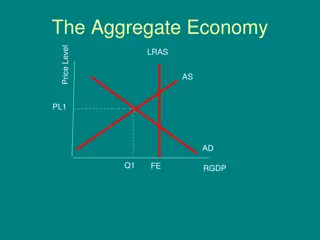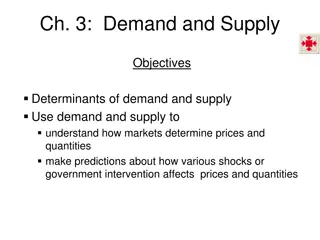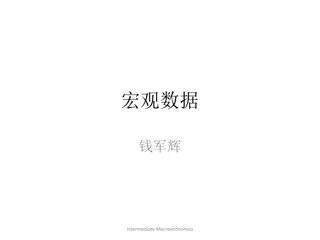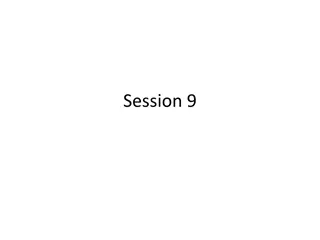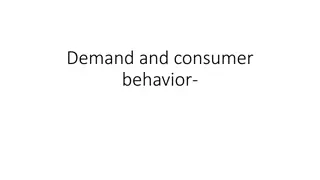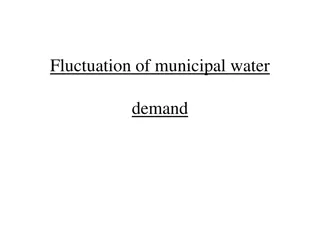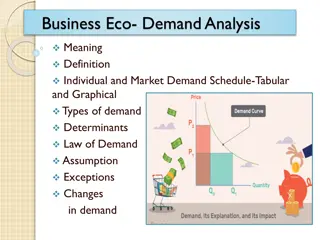Understanding Demand in Macroeconomics: Key Concepts and Laws
Exploring the fundamental concepts of demand in AP Macroeconomics, including quantity demanded, demand schedules, the law of demand, and key terms. Practice questions help reinforce learning by testing knowledge on factors affecting demand for various goods. Through visual aids and explanations, readers gain a better understanding of demand and its implications on the market.
Download Presentation

Please find below an Image/Link to download the presentation.
The content on the website is provided AS IS for your information and personal use only. It may not be sold, licensed, or shared on other websites without obtaining consent from the author. Download presentation by click this link. If you encounter any issues during the download, it is possible that the publisher has removed the file from their server.
E N D
Presentation Transcript
AP Macroeconomics Section 1 Lecture September 16, 2016 Mr. Gammie
Key Terms Quantity Demanded The actual amount of a good or service consumers are willing and able to buy at some specific price willing AND able
Demand Schedule Price per Coffee Quantity Demanded per Week $5 50 $4 100 $3 150 $2 200 $1 250
The Law of Demand Other things being equal, as the price increases, the corresponding quantity demanded falls.
Key Concept A change in quantity demanded vs. a change in demand. Qd = price of that good! Demand = everything else!
Practice Questions 1. All of the following would decrease demand for the latest furry boots except: a. The price of shoes goes down b. People prefer boots without fur c. The price of the furry boots goes up d. People expect the boots to go out of style soon e. The weather forecast is for a very warm winter
Practice Questions 2. A decrease in the price of toothpaste in a tube can lead to a decrease in purchases of toothpaste in a pump. This means: a. The are substitute goods and the demand curve for toothpaste in a tube will shift to the right. b. They are complementary goods and the demand curve for toothpaste in a tube will shift to the right. c. They are substitute goods and the demand curve for toothpaste in a pump will shift to the left. d. They are complementary goods and the demand curve for toothpaste in a tube will shift to the left. e. They are complementary goods and the demand curve for both products wills shift to the left.
Practice Questions 3. Suppose that the Canadian Food Inspection Agency has written an article stating green tea reduces heart disease and many illnesses. What might be the immediate effect seen in the economy? a. The demand for green tea would increase, forcing the price to go up. b. The quantity demanded for green tea would increase, forcing the price to go up. c. The quantity supplied for green tea would increase, forcing the price to go up. d. The supply of green tea would increase, forcing the price to go down. e. The quantity supplied for green tea would go down, forcing the price to go up.





